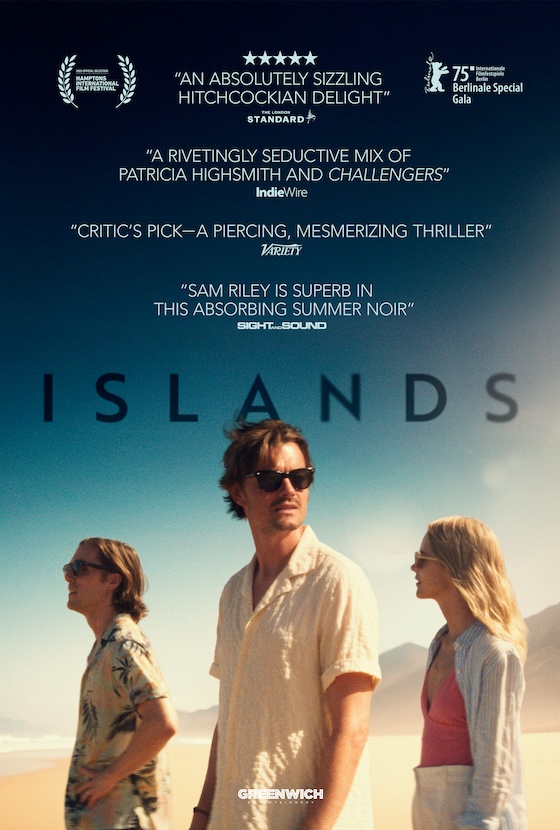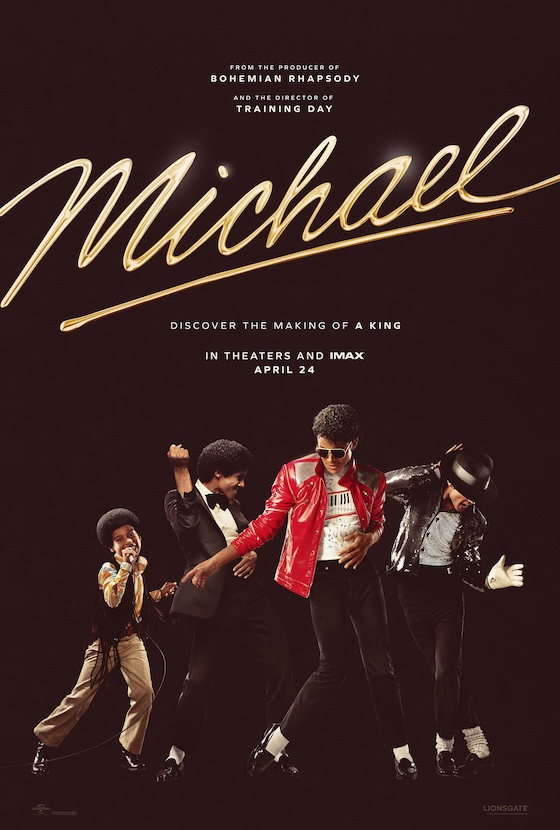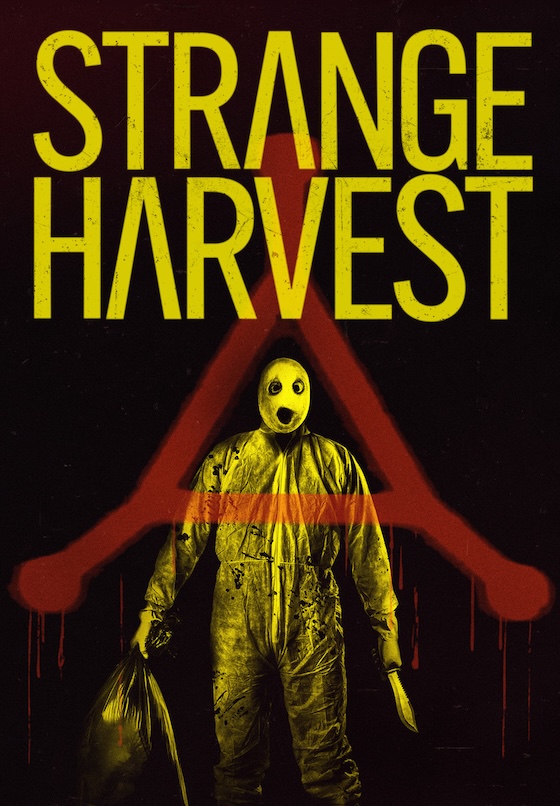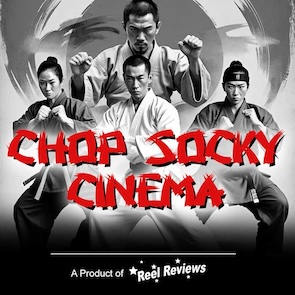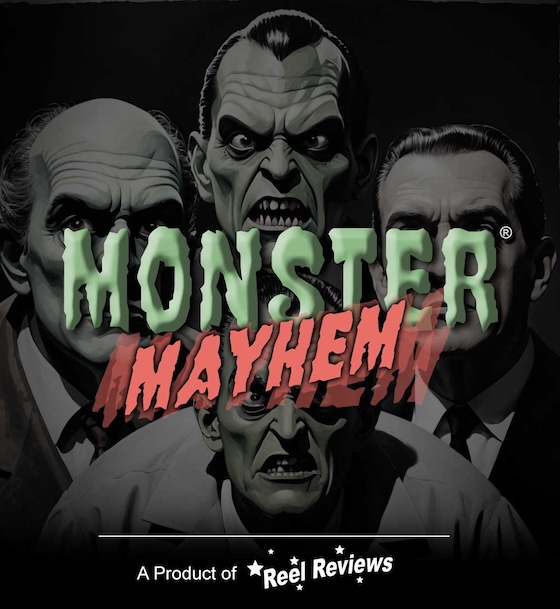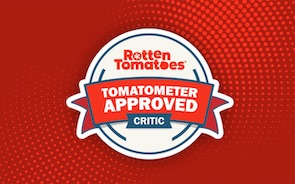{googleAds}
<div style="float:left">
<script type="text/javascript"><!--
google_ad_client = "pub-9764823118029583";
/* 125x125, created 12/10/07 */
google_ad_slot = "8167036710";
google_ad_width = 125;
google_ad_height = 125;
//-->
</script>
<script type="text/javascript"
src="http://pagead2.googlesyndication.com/pagead/show_ads.js">
</script></div>{/googleAds}The companion to Clint Eastwood's earlier Iwo Jima-centric film, Flags of Our Fathers, is Letters From Iwo Jima, which explores that infamous WWII battle from the perspective of the Japanese soldiers who gallantly fought against insurmountable odds. While researching for Flags, Eastwood became so haunted by the sense that making only one film would be telling only half the story, he shot both films back-to-back with hopes of revealing new ways of looking at not only this major historical battle, but of the entire war itself. Through Eastwood's lens we learn that the war was as much a clash of cultures as it was a war of weaponry.
While both films share a similar look and feel, having almost all the color removed (save for the brilliant explosions and flashback sequences), what the two films don't share is a similar focus. Flags of Our Fathers, besides being from the American perspective, centers its narrative mainly on the war bond fund-raising efforts that were tantamount to helping America win the war. Scene after scene of the stadium tour event seemed a bit tedious at times, but nonetheless the heroes in that film were not the grunts that fought in the black sand of "Sulphur Island," but rather the "flag-raisers" made famous by a staged ceremony. In Letters From Iwo Jima, the heroes are the Japanese soldiers who did the dirty work of firing guns, digging trenches, and defending their sacred territory. Because of this, Letters is the more emotionally impactful of the two films.
But differences of focus aside, what we learn from both films is the effect the war had on the human beings who fought for both sides. Most war films of the past always drew a distinct line between the good and the bad. John Wayne never strayed to the bad side and the "Japs" were not human. In Letters we see that many of the Japanese soldiers were real people with faces and names. Their battles were fought by soldiers that left their wives and families to donate their lives to the service of their country just like ours. But a major difference is revealed when we learn that many Japanese soldiers were told by their superiors to tell their families good bye and to not plan on coming back. American soldiers were fighting to stay alive, while their counterparts were conscripted for death.
Leading the defense of the island for the Japanese is Imperial Army Lt. General Tadamichi Kuribayashi (Ken Watanabe), whose vast travels and studies in America have shown him the true might of the American war machine that is descending on his vulnerable island. At first a strong critic of the war with America, he nonetheless pledges to defend his country to the end. By defying the usual tactics of Japanese warfare, Kuribayashi turns what is expected to be a quick and bloody defeat into a month of heroic warfare. Watanabe delivers an expectedly brilliant performance that depicts a General not only at battle with the enemy, but also embroiled in conflict with his own emotional struggles.
At Kuribayashi's disposal is a cadre of commanders with varying degrees of buy-in to his unconventional means of defending the island. Lt. Colonel Takeichi Nishi (Tsuyoshi Ihara) is a famous equestrian who won an Olympic medal in the 1932 Summer Olympic Games. He shares his prized American whiskey with Kuribayashi as they discuss their travels to America and agree on defense plans of the island. At the other end of the spectrum is Lt. Ito, a more traditional leader, who rejects Kuribayashi's leadership style and buys into a Japanese military code of conduct that calls for suicide in the face of struggle, retreat or defeat. Another character that might be considered even more central to the story than Watanabe's Kuribayashi, is Saigo (Kazunari Ninomiya) a simple baker who's ripped from the arms of his wife and forced into service. As most of his fellow soldiers are looking for the right moment to commit suicide, Saigo struggles to stay alive. Despite what we know - and what we are shown in Letters - about Hara Kiri in the face of surrender, Saigo probably more closely represents how the typical Japanese soldier approached his military service. Otherwise, it's a wonder the Japanese lasted as long as they did in the war. The slightest bit of resistance by an American soldier was often met with mass suicide.
A key to Kuribayashi's military tactics was an 18-mile long system of tunnels, caves and pill boxes that provided formidable defensive cover for the Japanese. Much of the film takes place beneath the ground and we're given a countering perspective of many of the battle scenes in Flags. The battle sequences were filmed from both the Japanese and American perspectives, filling in some of the gaps left unseen in the first film. When, in Flags we saw an American flamethrower shower a Japanese pill box with flaming napalm, in Letters, we see that same scene from within the pill box.
The pacing of Letters from Iwo Jima is, at times, not unlike that of a glacier. And I would have liked to have seen more combat footage to get a better sense of the annihilistic nature of the battle that took over 26,000 lives. But its messages can't be overlooked, nor can they be viewed independently of Flags of Our Fathers. Though they're two separate films, a singular thrust at the heart of what Eastwood is saying rings loud and clear no matter which side of the conflict you're on, the human loss is the same.
DVD Details:
Screen formats: Widescreen Anamorphic 2.35:1
Subtitles: English; French; Spanish
Language and Sound: Closed Captioned; English: Dolby Digital 5.1
Other Features: Color; interactive menus; scene access; making-of featurette.
* Featurettes -
o Red Sun, Black Sand: The Making of 'Letters from Iwo Jima - including commentary from main film makers and actors (20:58)
o The Faces of Combat: The Cast of 'Letters from Iwo Jima (18:36)
o Images from the Frontlines: The Photography of 'Letters from Iwo Jima (03:24)
* Documentary -
o 2006 World Premiere at Budo-kan in Tokyo (24:26)
* Trailer - The film's original theatrical trailer
Number of discs: - 1- Keepcase Packaging
{pgomakase}


